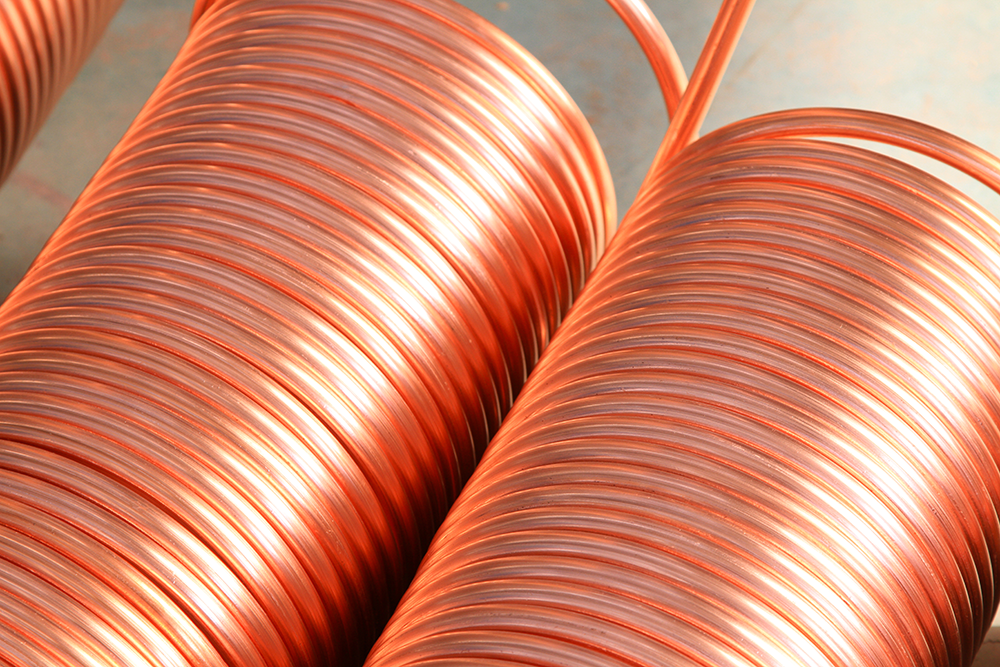[gravata]Capillary tube obstruction is one of the challenges that the refrigeration professional can encounter when making repair services in refrigerators. How is this problem solved?[/gravata]
What is the purpose of the capillary tube?
The capillary tube is made of copper and its function is to receive the refrigerant fluid from the condenser and conduct it to the evaporator’s inlet. As the coolant passes through the tube, the pressure decreases due to friction and acceleration of the refrigerant increases, resulting in evaporation of the fluid at the end of the capillary tube. Evaporation of refrigerants occurs at temperatures around 0°C or in the negative range, up to -35°C. With the thermal exchange that occurs in the evaporator, the interior of the refrigerator is cooled.
Capillary tube obstruction
The capillary tubes’ internal diameter will vary according to the application of each type of equipment and may have internal diameters from 0.5 to 2.5 mm, with different lengths as well. For having a small inner diameter, it’s necessary to take special care when installing capillary tubing, to prevent obstruction.
Moisture, solid residues or tube constriction by bending may result in partial or complete blockage, preventing the refrigerant fluid from circulating, harming refrigerator performance.
Another way to prevent clogging by solid residues is the use of a filter drier with metal mesh, which will prevent impurities and foreign materials from circulating in the system therefore avoid clogging.
How to resolve a capillary tube obstruction?
When the capillary tube is completely blocked because of humidity, the system will stop functioning. An easy way to identify this defect is to check for ice on the evaporator’s inlet. Heat this location and see if the fluid starts circulating again. If that’s the case, remove moisture from the circuit and perform a new refrigerant charge.
When the capillary’s obstruction is partial, system performance decreases and the refrigerator’s consumption increases. In this case, identification requires a somewhat more detailed analysis by the contractor. Symptoms are similar to those when there’s lack of gas or low compressor capacity. If it’s identified that the capillary tube is clogged completely, the contractor should follow the same method as above, clearing the tube and performing a new refrigerant charge.


